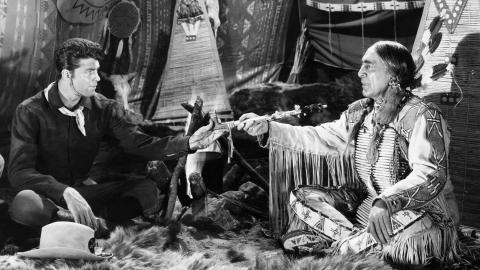Southern Slavery
The US government’s support of slavery was based on an overpowering practicality. In 1790, a thousand tons of cotton were being produced every year in the South. By 1860, it was a million tons. In the same period, 500,000 slaves grew to 4 million.
Howard Zinn
On 14 March 1794, Eli Whitney patents his innovation, the cotton gin (“gin” being short for engine). The machine succeeds in making the growing of cotton profitable for farmers in the south by speeding up by 50 times the separation of the cotton bolls (the fluffy part) from the seeds. The plantation system, based on tobacco growing in Virginia, North Carolina, and Kentucky, and rice in South Carolina, now expands into lush new cotton lands in Georgia, Alabama and Mississippi. Tropical cotton flourishes in these states and its soft fibres are easy to grow. The unforeseen side effect of Whitney’s invention is that it increases the demand for slaves to pick the cotton. Between 1790 and 1808, when it becomes illegal to import African slaves, 80,000 slaves are brought to the American South. By 1830, the South accounts for half the world’s cotton. By 1841, New Orleans is the heart of the slave trade. By 1850, it accounts for three quarters of world cotton production.
Cotton is called white gold and the slavery that supports it, is a big, billion dollar business. Slaves are fattened for auction and even the grey hairs of the elderly are darkened to fetch a better price. Mostly, males fetch a higher price than females but the highest price is fetched by light skinned female virgins. Rape is common.
It’s not just the immorality that offends the North. Northern free labour can’t compete against slaves. But it’s Mexico that increases the American division. In 1829, it abolishes slavery and many Southerners see this as a hostile act. The South can’t allow Mexican Texas to become a refuge for slave runaways. The 1835-6 Texan war of Independence and the 1846-8 Mexican war (which further took New Mexico and California) demonstrate the South’s willingness to wage war to protect slavery.
Concerns over Chinese worker immigration into these new states and the constant fear that the Republicans in the North would politically end slavery means the Democrat party is favoured in the South. And after the American Civil War, it’s the Democrats who use the near hung election of 1876 to make a deal with Republican president, Rutherford B Hayes, to withdraw federal troops. Without their protection, black civil rights devolve into the infamous Jim Crow laws. The North’s Civil War dead had died in vain.
Did you know?
There are more millionaires per square capita in Natchez Mississippi by 1850, than anywhere else on earth. The ‘white gold’, cotton, supports a new lavish lifestyle in the South but its wealth built on the back of slavery., When Britain abolished slavery in 1833, its Royal Navy enforced the new law on the slaving coast of Africa, by arresting slave traders and liberating ‘their human cargoes’. This was interpreted less than humanely by many Americans. Some American politicians believed ‘the real goal of British strategy...was the sabotage of the American economy.’ Simon Schama: The American Future















